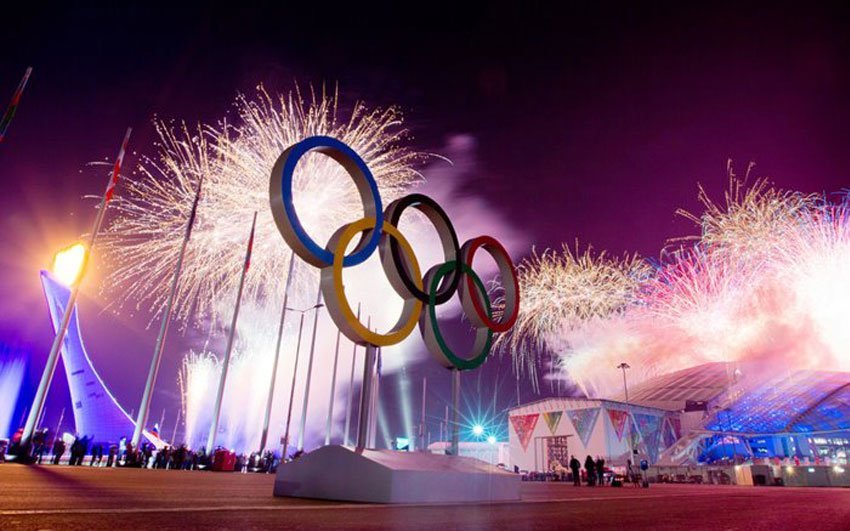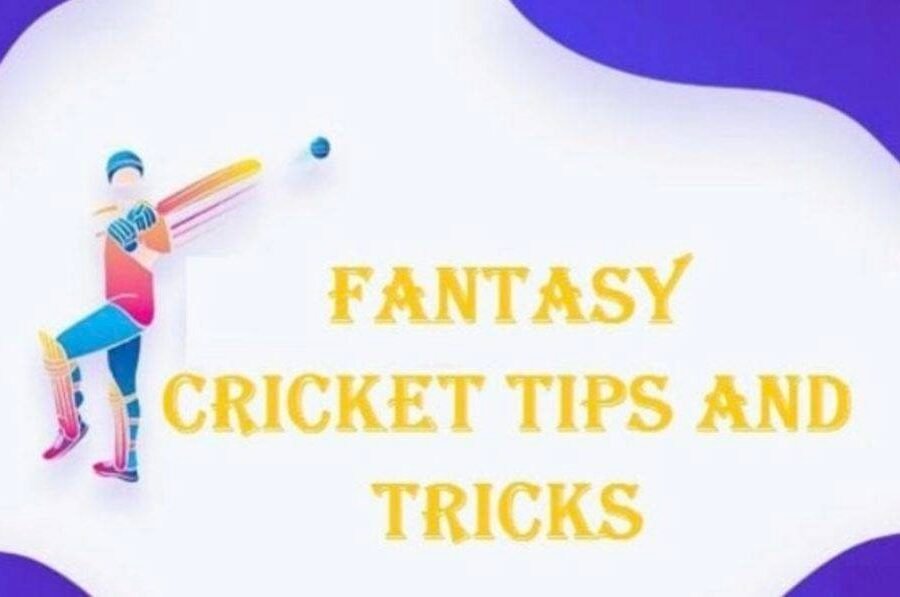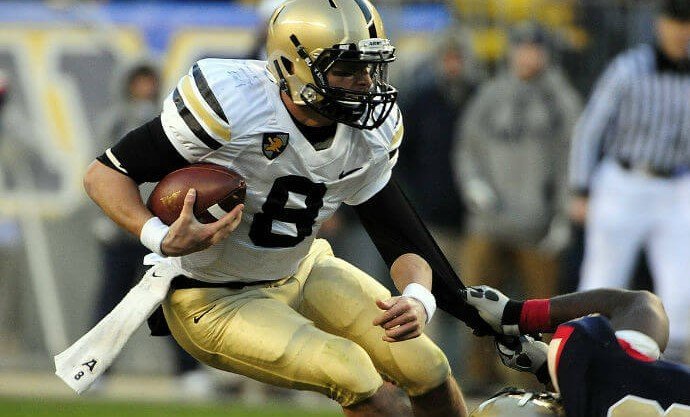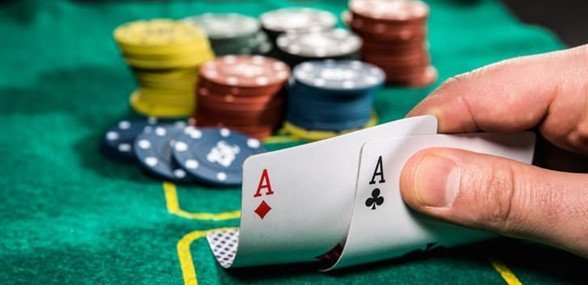Owning a baseball signed by Babe Ruth is a dream for many collectors. But how much is this iconic piece of memorabilia actually worth? The value isn’t a simple number; it depends heavily on crucial factors like authenticity, condition, and the unique story behind the ball. This guide breaks down everything you need to know to understand the true value of a baseball autographed by the legendary Sultan of Swat.
Authenticity: The Cornerstone of Value
The absolute most important factor in determining the worth of a Babe Ruth signed baseball is its authenticity. The market is unfortunately filled with forgeries, making professional verification essential. An unauthenticated signature, no matter how convincing it looks, will have very little value to serious collectors and investors.
A certified authentication from a reputable source increases the value significantly. Third-party authentication services like Professional Sports Authenticator (PSA), James Spence Authentication (JSA), or Beckett Authentication Services (BAS) are the industry standard. These companies employ experts who analyze the ink, signature style, and ball to confirm it is genuine.
A baseball that comes with a full Letter of Authenticity (LOA) from one of these top-tier companies will always command a higher price than one with no proof or a certificate from a lesser-known source. This documentation provides peace of mind to buyers and solidifies the item’s place as a legitimate piece of history.
Why the Condition of the Ball and Signature Matters
Once authenticity is established, the next critical element is the condition. This applies to both the baseball itself and the quality of the autograph. A pristine, snow-white baseball is far more desirable than one that is toned, stained, or scuffed. The signature itself is even more important.
Collectors look for a signature that is bold, clear, and well-placed. The most valuable location for an autograph is on the “sweet spot,” the area on the baseball with no seams. A signature on a side panel is less desirable.
When evaluating the signature’s quality, consider these points:
- Clarity: Is the signature easy to read or is it messy and rushed?
- Boldness: Has the ink faded over time, or is it still dark and prominent?
- Completeness: Does it include his full name, “Babe Ruth,” or a variation? Full-name signatures are often preferred.
Even a genuine signature can lose a massive amount of its value if it is faded, smudged, or difficult to see. Proper storage away from direct sunlight and humidity is key to preserving the condition of both the ball and the autograph.
Rarity and Historical Significance
Not all Babe Ruth signed baseballs are created equal. Rarity plays a huge role in value. While Ruth was a prolific signer, items tied to a specific, important event in his life or career are exceptionally rare and valuable. A baseball signed on the day he hit his 60th home run in 1927, for example, would be worth exponentially more than one he signed for a fan outside a hotel.
A baseball that has a documented history or an intriguing story associated with it can significantly increase its value. This could include balls used in a significant game, signed by the entire 1927 “Murderers’ Row” Yankees team, or featuring a unique inscription from Ruth himself.
However, be aware that some inscriptions can actually decrease the value. A personalized inscription like “To my pal, John” can sometimes lower the price because collectors often prefer an item that isn’t personalized to someone else.
Understanding Provenance and its Impact on Price
Provenance is the documented history of an item’s ownership. For a Babe Ruth signed baseball, strong provenance can dramatically elevate its worth. It adds another layer of authenticity and provides a compelling story that connects the item directly to the baseball legend.
Imagine a baseball that comes with a vintage photograph of Babe Ruth signing that exact ball for your grandfather, along with a handwritten letter from your grandfather describing the moment. This type of undeniable proof and personal history is what collectors dream of. Solid provenance separates good collectibles from great ones.
Without provenance, you are relying solely on the opinion of authenticators. With it, you have a traceable history that can make the item unique and far more desirable in a competitive market.
How to Properly Evaluate a Babe Ruth Autograph
Evaluating the worth of a Babe Ruth signed baseball requires a comprehensive approach. It’s not just about one factor, but how all the elements come together. For a precise valuation, it is always best to consult with professional sports memorabilia appraisers.
Another key method is to conduct a comparative analysis. Researching recent auction results for similar items gives you a real-world baseline for what collectors are currently willing to pay. Look at baseballs with similar signature grades, ball conditions, and levels of authentication to get a solid idea of your item’s potential value.
The table below summarizes how different factors can impact the final price.
| Factor | Impact on Value |
|---|---|
| Signature Quality (Boldness & Clarity) | Very High Impact |
| Third-Party Authentication (PSA, JSA) | Very High Impact |
| Baseball Condition (Cleanliness) | High Impact |
| Historical Significance or Provenance | High Impact |
| Presence of Other Valuable Signatures | Varies (Can Increase Value) |
Frequently Asked Questions
How much is a baseball signed by Babe Ruth worth?
The value can range from a few thousand dollars for a lower-grade example to over $100,000 for a pristine, high-quality autographed ball with excellent provenance. An exact value depends entirely on the factors of authenticity, condition, and rarity.
How can you tell if a Babe Ruth signature is real?
The most reliable way is to submit the item to a top third-party authentication service like PSA, JSA, or BAS. Their experts have extensive knowledge of Ruth’s signing habits and can definitively determine its authenticity.
What is the most valuable type of Babe Ruth signature?
A bold, clear signature in dark ink, perfectly placed on the sweet spot of a clean, official league baseball from his playing era is considered the ideal. Signatures from early in his career are often more elaborate and highly sought after.
Does it matter what kind of ball Babe Ruth signed?
Yes, it matters a great deal. An official American or National League baseball from his playing days (1914-1935) is significantly more valuable than a generic or modern baseball. The type of ball helps place the signature in a specific time period.
Can the value of a Babe Ruth signed baseball change over time?
Absolutely. The sports memorabilia market fluctuates based on overall economic conditions and collector demand. However, due to his legendary status, Babe Ruth memorabilia has historically been a strong investment and tends to appreciate over the long term.








Leave a Comment